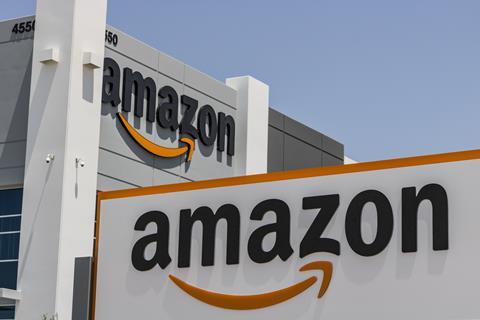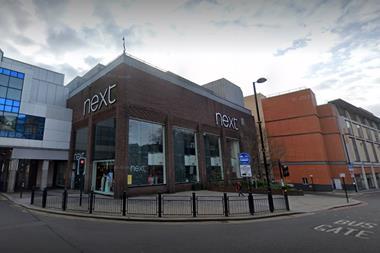Amazon’s ‘try before you buy’ fashion service, which launched in the form of a central London pop-up shop on Baker Street last month, is further proof that this retailer is increasingly aware of what it’s missing out on by not having a physical presence on the UK’s high street.

However, while many fashion retailers formulate how online can best supplement their physical assets, Amazon remains ahead of the curve. Among a rapidly growing list of other pure online players, it has recognised that, in today’s quickly shifting retail landscape, a brand’s online and high street presences are so closely entwined that in order to maximise performance one cannot exist without the other.
Indeed, the high street shopfront should no longer be seen as the primary driver for sales; neither should a brand’s property portfolio decisions be based solely on how well a single store performs.
It is no secret that consumers will browse items in store only to go home and buy them online, converting the store from a functional place into an aspirational space that operates more like a showroom and exists to enhance the shopping experience. But brands looking to take advantage of this new hybrid way of shopping must first identify which of their property assets are driving and benefiting from it – and which are not.
The second step is potential repositioning and consolidation, and locations should be carefully selected based on a number of variables including demographics, customer base and the ability to drive traffic online. Even a store that, on paper, looks to be underperforming might be indispensable when looked at within the wider context of the brand’s online sales.
It is this insight that brands need to tap into and harness if they are to truly benefit from the ‘bricks to drive clicks’ phenomenon.






























No comments yet